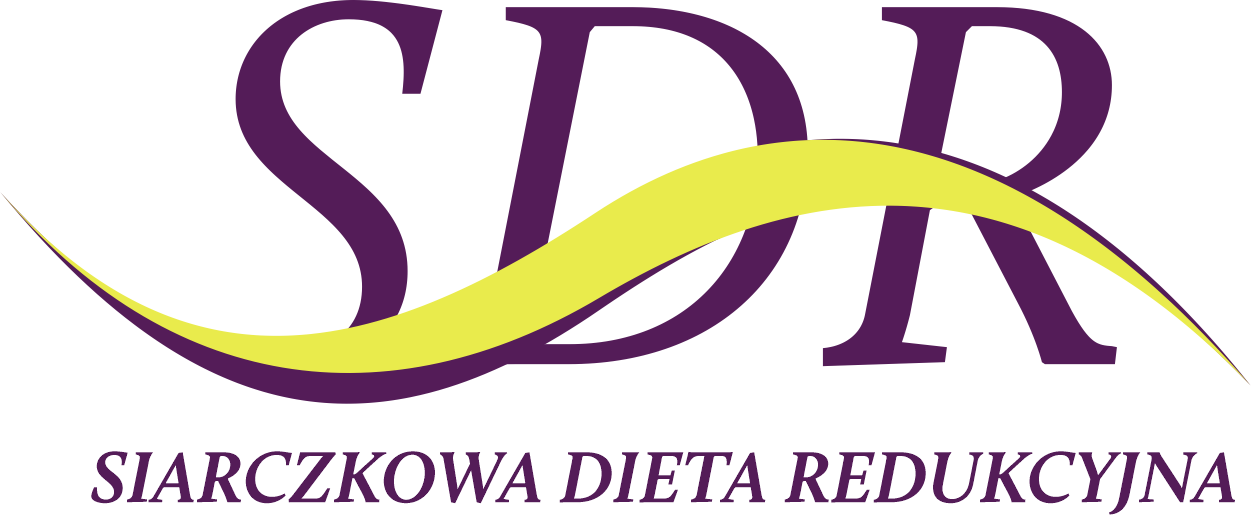
Rehabilitation after orthopedic surgeries such as joint replacement, ligament reconstruction, etc.
Rehabilitation after orthopedic surgeries such as joint replacement, ligament reconstruction, etc.
Orthopedic surgeries, such as joint replacement or ligament reconstruction, are advanced surgical procedures aimed at restoring the function of damaged structures of the musculoskeletal system. Joint replacement involves replacing a damaged joint with an artificial implant and is most often performed in the case of advanced degenerative joint disease or after severe injuries. It most often concerns the hip and knee joints, but can also be performed on other joints, such as the shoulder or ankle. Ligament reconstructions, in turn, are often performed on people with ligament damage, most often in the knee (e.g. reconstruction of the anterior cruciate ligament - ACL) or ankle joint.
Although these surgeries are intended to improve the patient's quality of life, they involve significant interference with anatomical structures. In the case of joint replacement, parts of the bone and soft tissue are removed and artificial components are implanted. Ligament reconstructions often require the collection of a graft (auto- or allograft) and its fixation at the appropriate anatomical points.
Both types of surgery lead to temporary weakening of the surrounding muscles, limitation of mobility and changes in the biomechanics of the joint. Therefore, rehabilitation after such procedures is crucial to achieve an optimal functional result and the patient's return to full fitness.
Prevention
- Maintaining a healthy body weight.
- Regular physical activity adapted to the patient's abilities.
- Avoiding joint overload, especially in contact sports.
- Using the right technique when practicing sports.
- Early treatment of injuries and micro-injuries.
- Taking care of the correct body posture.
- Using ergonomic solutions in the workplace and at home.
- Regular check-ups, especially in the case of genetic predispositions.
- A balanced diet rich in nutrients that support bone and joint health.
- Avoiding smoking and excessive alcohol consumption.
- Appropriate supplementation (e.g. calcium, vitamin D) after consultation with a doctor.
- Wearing appropriate footwear.
Treatment and rehabilitation after orthopedic surgeries such as: joint replacement, ligament reconstruction
Rehabilitation after orthopedic surgeries is a long-term and complex process that begins before the procedure and lasts many months after its completion. The preoperative phase includes patient education, learning exercises that will be performed after the procedure, and, if possible, muscle strengthening. Immediately after surgery, we focus on pain and swelling control, preventing complications, and early mobilization. In the case of endoprosthetics, patients are encouraged to get up and walk within the first 24 hours after the procedure, of course with appropriate support and assistance. In the case of ligament reconstructions, although early loading of the operated limb is often recommended, the range of motion may be initially limited.
In the following weeks and months, rehabilitation focuses on gradually restoring the full range of motion, rebuilding muscle strength, and improving proprioception. A variety of physical therapy techniques are used, including active and passive exercises, mobilization, massage, electrotherapy, and hydrotherapy. In the case of arthroplasty, special attention is paid to learning proper gait patterns and performing daily activities while taking into account the limitations of the implant. In ligament reconstructions, rehabilitation is often divided into phases, with gradual increases in load and increasingly demanding exercises as the graft heals.
The final phase of rehabilitation is aimed at preparing the patient to return to full activity, including sports, if that is the patient's goal. This includes functional training, exercises to improve coordination, balance, and endurance. It is also important to educate the patient about long-term care of the operated joint, including modifications to life and sports activities.
In the case of arthroplasty, patients must learn to live with certain limitations to ensure long-term function of the implant. In ligament reconstructions, the goal is often to return to pre-injury activity levels, but with strategies to prevent re-injury. The entire rehabilitation process is individually adjusted to the needs and capabilities of the patient and the progress of treatment.



